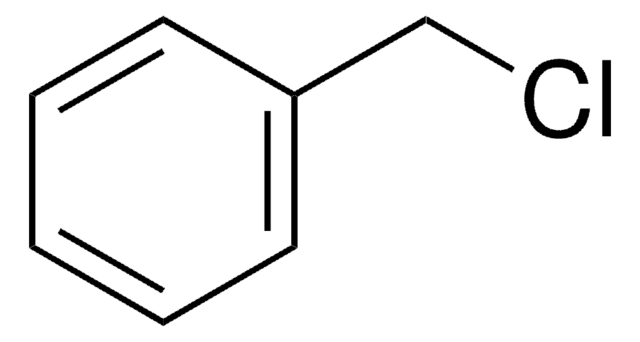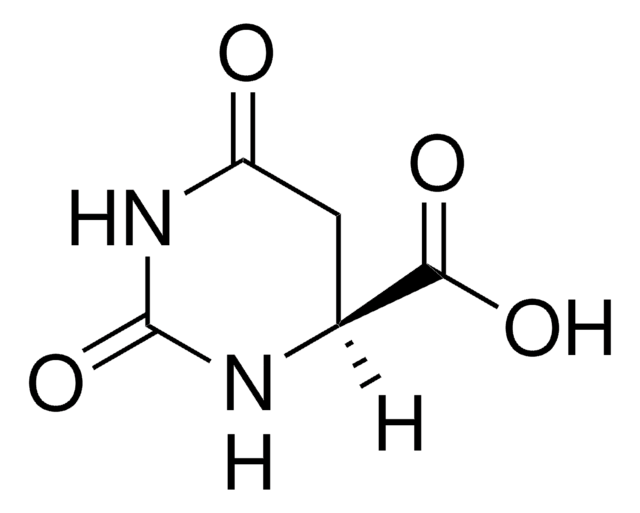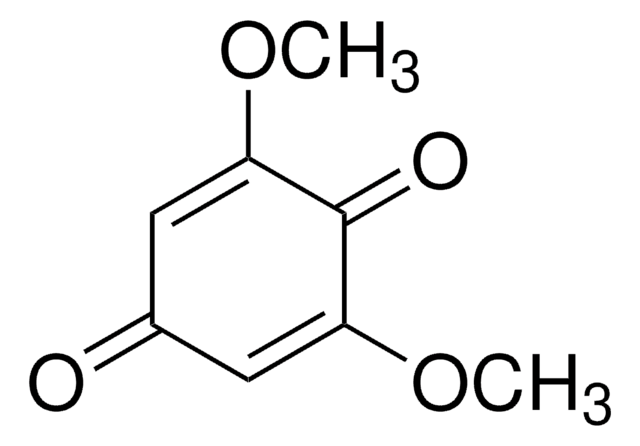119814
Sodium 2,6-dichloroindophenolate hydrate
ACS reagent
Sinonimo/i:
2,6-Dichloro-N-(4-hydroxyphenyl)-1,4-benzoquinoneimine sodium salt, 2,6-Dichloroindophenol sodium salt hydrate, 2,6-Dichlorophenolindophenol sodium salt hydrate
About This Item
Prodotti consigliati
Grado
ACS reagent
Livello qualitativo
Stato
solid
Perdita
≤12.0% loss on drying
λmax
605 nm
applicazioni
food and beverages
Gruppo funzionale
chloro
imine
ketone
Stringa SMILE
[Na+].[H]O[H].[O-]c1ccc(cc1)\N=C2/C=C(Cl)C(=O)C(Cl)=C2
InChI
1S/C12H7Cl2NO2.Na.H2O/c13-10-5-8(6-11(14)12(10)17)15-7-1-3-9(16)4-2-7;;/h1-6,16H;;1H2/q;+1;/p-1
XHSOLXWCGCVQHE-UHFFFAOYSA-M
Applicazioni
Codice della classe di stoccaggio
11 - Combustible Solids
Classe di pericolosità dell'acqua (WGK)
WGK 3
Punto d’infiammabilità (°F)
Not applicable
Punto d’infiammabilità (°C)
Not applicable
Dispositivi di protezione individuale
Eyeshields, Gloves, type N95 (US)
Scegli una delle versioni più recenti:
Possiedi già questo prodotto?
I documenti relativi ai prodotti acquistati recentemente sono disponibili nell’Archivio dei documenti.
I clienti hanno visto anche
Il team dei nostri ricercatori vanta grande esperienza in tutte le aree della ricerca quali Life Science, scienza dei materiali, sintesi chimica, cromatografia, discipline analitiche, ecc..
Contatta l'Assistenza Tecnica.












